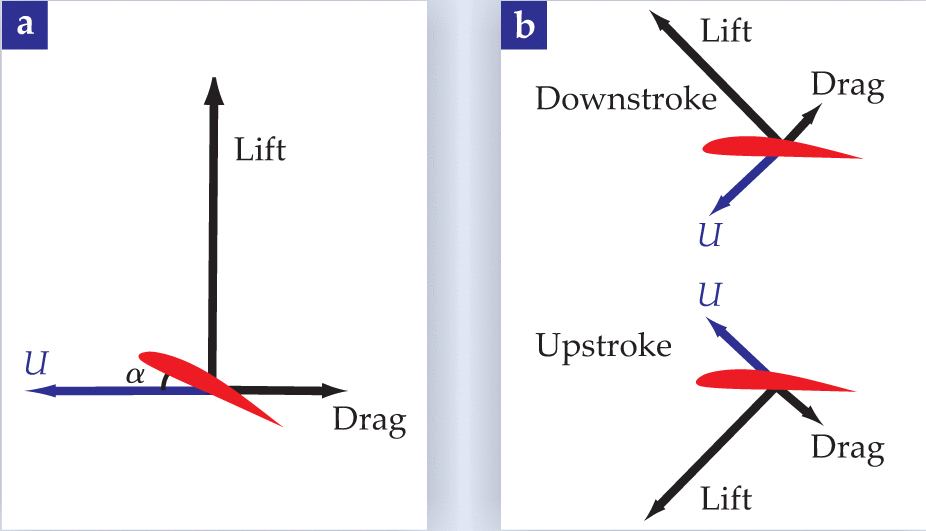Dragonfly Wings

Flight performance of dragonflies exhibit nature’s energy conservation strategy. Dragonflies can fly forward, backward and sideways, hover in midair, instantly reverse the direction of their flight, or rapidly accelerate. This is all made possible by the design of dragonfly wings.
Biomimetic Designs
Flying Robots:
Engineers have crafted dragonfly drones with operational capabilities unlike that of any other drones we’ve seen. Using the physics of dragonfly wings, the drone can flutter through the air in any direction, and even hover, just like its biological inspiration. Its four wings made of carbon fiber and foil beat up to 20 times per second, propelling it through the air with incredible agility.
Wind Turbines:
Drawing inspiration from the flexible wings of insects, scientists have found a way to make wind turbine blades 35% more efficient at producing energy. If widely implemented, the advance could make this green technology a more viable alternative to fossil fuels in the coming years.


The Science Behind Dragonfly Wings
Dragonflies flap their wings asynchronously, which reduces drag and the amount of energy expended. Its fore and hind wings are about a wing-width apart—close enough for them to interact hydrodynamically. Another feature that allows the wings to be so dynamic is that the fore and hind wings are controlled by separate muscles. Wing movement, and subsequent phase relation between those wings allow various maneuvers.
The aerodynamic power expended is reduced when the wings move out of phase, and the force is enhanced when the wings move in phase. When the fore and hind wings beat out of phase, they approach each other from opposite sides and cross near the mid-stroke. The fore wings experience an induced flow due to the hind wings, and vice versa. This causes drag on the wings to be reduced, which saves aerodynamic power. When the fore and hind wings beat in phase, however, they experience higher drag due to the induced flow. This increased drag pointing in the same direction results in a greater net force that can be used to accelerate as needed during takeoff. The cost is greater power expenditure.

